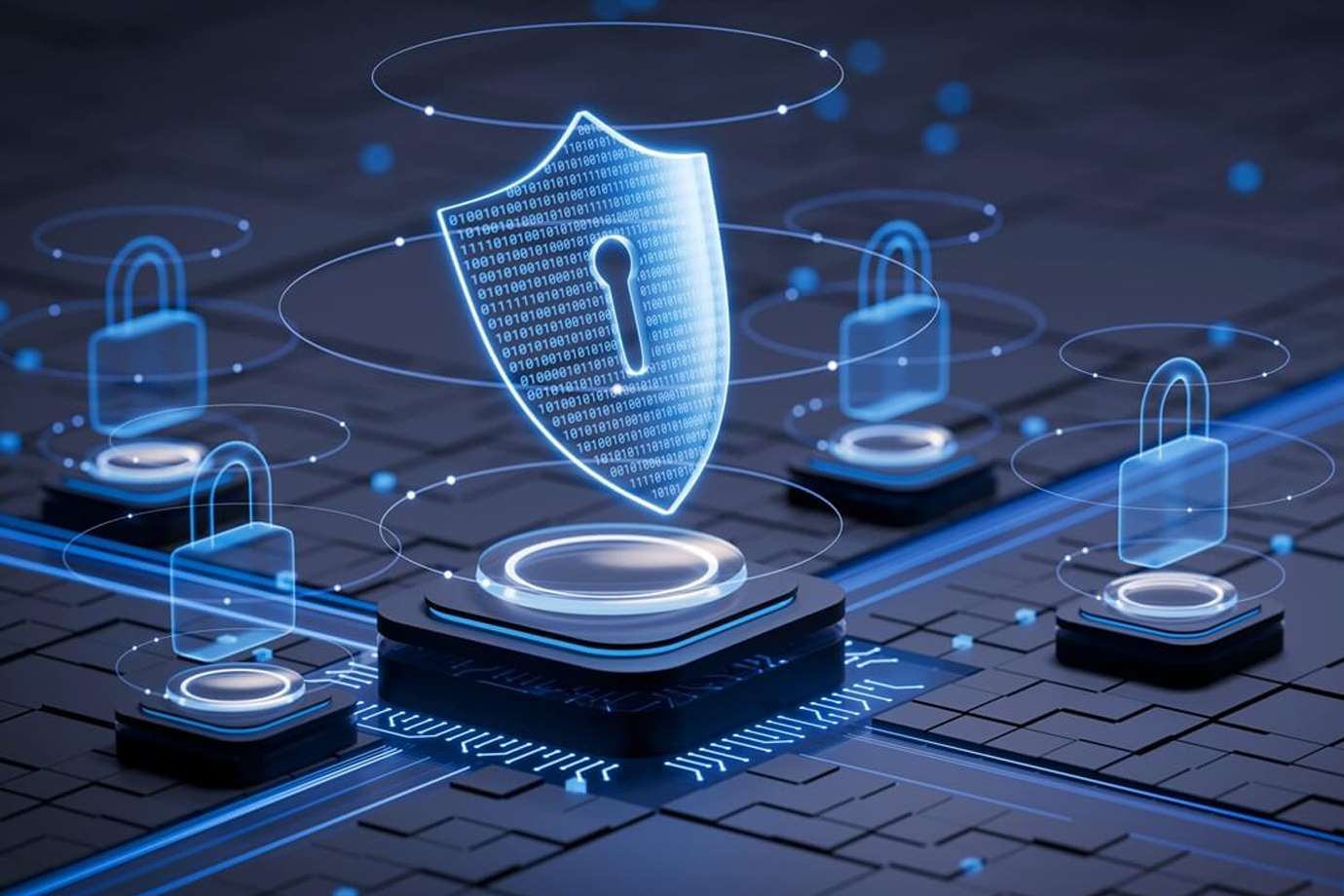Cybersecurity 101: How to protect your Digital Life

27 Mar 2025
As evidenced by the current digital landscape, cybersecurity has never been more interesting. With the rise in cybercrimes, data fraud, and hacking, online protection is crucial. Since protecting sensitive information frequently necessitates significant thought and financial effort, it must be the top concern for both individuals and businesses. Essential cybersecurity precautions that can help you safeguard your digital life will be covered in this blog.
Understanding Cybersecurity Threats
Before you get into precautionary measures, it is advisable to know what the most common threats of cybersecurity are for a business and an individual:
1. Phishing Attack
The most popular and one of the most horrific forms of cyber-attack, by which the cybercriminal can deceive the victim into submission of secret information, be it with the help of emails, messages, or even fake websites. Some of the protective measures you might consider are:
- You have to know that phishing messages send you familiar names like banks, employers, or social networks.
- The threat actors make use of threats to keep victims from going to the link or entering his or her login credentials. Don't let them intimidate you.
- Always make sure of the authenticity of emails before you click on any suspicious links.
2. Malware and Ransomware
Malicious software, unlike a trojan horse, has viruses, worms, and ransomware. Ransomware attacks the data of the user and charges a ransom for the user to be able to access his block data. Some of the protective measures you might consider are:
- Downloading files from unknown places should be strictly avoided.
- Make use of a trustworthy antivirus program and keep it updated.
- Have a backup for your data from time to time to restore files after being attacked.
3. Identity Theft
Some thieves specialized in cyber will steal personal information, for example, your social security number, bank data, such as bank account numbers, and passwords, and use of those numbers can be made for fraud. You are advised to adopt these protective measures seriously:
- Online private information should not be shared.
- Always review information about your financial transaction accounts on any unauthorized item.
- Use identity theft protection services whenever it is possible.
Best Practices for Cybersecurity
Moving on from threats, now we can explore best practices in safeguarding your digital life.
1. Use Strong and Unique Passwords
Passwords are the first defensive barrier against cyberspace threats. Effective teaching practices include the following:
- Have a mixture of uppercase and lowercase letters, numbers, and special characters.
- Do not use easy-to-guess passwords like (123456) or password.
- Whenever it is possible, a two-factor authentication (2FA).
- Keep and manage all your credentials securely using a password manager.
2. Protect Your Software Updates
Most of the time, out-of-date software is attacked by hackers. How do you secure yourself?
- Keep the application and antivirus up-to-date in addition to the operating system.
- Turn on automatic updates so they download when needed.
- Remove any software that is not being used but could pose a risk to your security.
3. Know Phishing Attacks
Phishing attacks trick victims into revealing their private information. Save yourself by:
- Not clicking on suspicious links in emails, messages, or social media.
- Verify the sender's identity before providing personal information.
- Utilize email security filters designed to detect and block phishing attempts.
4. Secure Your Connection
Every home and business network should ensure the following for security measures:
- Use strong Wi-Fi passwords and WPA3 encryption when available.
- Change default router login credentials to prevent unauthorized access.
- Use a Virtual Private Network (VPN) when using public Wi-Fi to encrypt your data.
5. Back Up Your Data Regularly
Cyber-attacks, hardware failures, and accidental deletion can lead to the loss of data. To stay safe:
- Backup data using external hard drives or cloud backup.
- Automate critical files' backup.
- Test backups periodically to ensure that they are readily accessible at that time.
6. Be Cautious on Social Media
Oversharing on social media can put you at risk of cybercrimes:
- Limit exposure to the personal information you share in public.
- Change your privacy settings to allow only a select few to view your posts.
- Be careful of friend requests or messages from unknown individuals.
7. Secure Mobile Devices
Mobile devices can be as vulnerable, or even more vulnerable, than computers. Protect such devices by doing the following things:
- As soon as the security updates are made available, install them.
- Avoid downloading apps from unidentified third-party websites.
- Use fingerprint or facial scans for authentication.
- Enable remote wiping features in case your phone is lost or stolen.
8. Educate Yourself and Stay Informed
Cyber threats keep on changing, and that’s why it's advisable to keep one up to date:
- Follow the latest occupational safety news and best practices.
- Take free online courses or attend webinars on awareness concerning cyber safety.
- Educate staff/employees or family members in the detection of possible threats.
9. The Importance of Cyber Hygiene
Cyber hygiene has to do with those security practices that need to be carried out regularly to keep your digital life safe. Good cyber hygiene practices include:
- Using different passwords for different accounts.
- Be careful about what you click on and download.
- Lock your computer and mobile devices when not in use.
Check your privacy settings on online accounts regularly.
Business Cybersecurity Measures:
All businesses, no matter their size, need to create strong cybersecurity policies to protect sensitive data.
1. Strong Access Controls
Only allow employees who need access to sensitive information to use Access Controls based on their job roles.
- Multi-factor authentication on the business expense.
- Review frequent access logs to detect unauthorized access.
2. Security Awareness Training for Employees
Most security breaches arise from human errors. Hence, conduct regular training on such topics as:
- Phishing recognition.
- Confidentiality secure handling.
- Report suspicious behavior to IT/security personnel.
3. Develop an Incident Response Plan
Yet, it is possible to breach the strongest defenses that could be constructed. Plans should be in place to allow unquestionably rapid and effective response.
- Assign specific roles and responsibilities to personnel within the organization to respond to cyber incidents.
- Communication strategy for talking to users/customers who would be affected by the incident.
- Regular testing of the plan through simulated cyber-attack exercises should be organized.
4. Collaborate with Cybersecurity Experts
Hire cybersecurity experts or outsource activities to be performed by companies dealing with them.
- Get experts in cybersecurity or hire security outsourcing services to protect your business.
- Periodic security assessments should be conducted to reveal vulnerabilities.
- Use tools for network monitoring to observe suspicious behavior.
- Compliance with both business regulations as well as security standards.
Final Thoughts
Everyone is into cybersecurity. You can protect your lifestyle online while decreasing cyber threats by following simple behaviors. To improve security, it is important to stay aware and alert. Take proactive steps to protect both individual devices and organizational networks.
NanoByte Technologies provides the best all-in-one solutions that are highly secure and dependable.




.jpeg)
